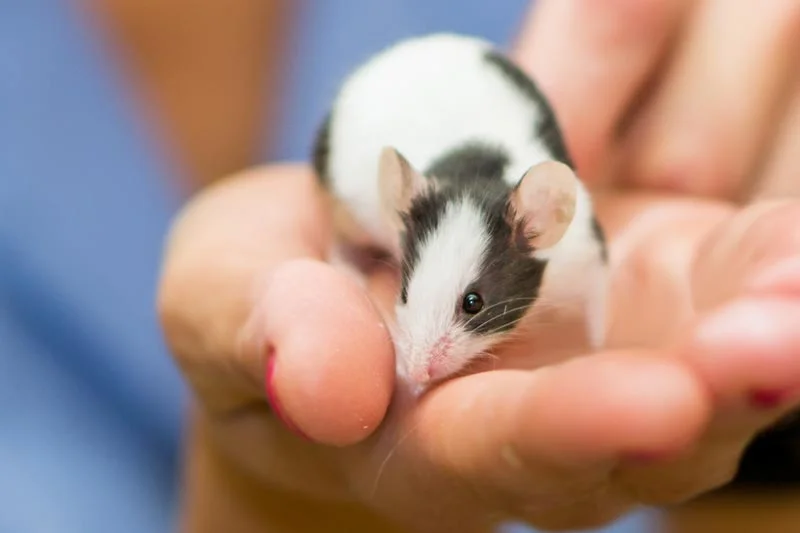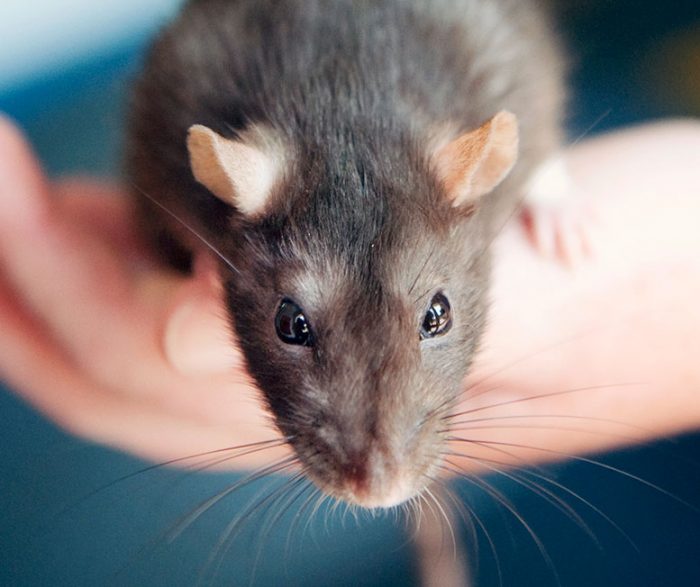About Mice
About Mice: Mice are fascinating creatures that have captivated humans’ curiosity for centuries. In this comprehensive guide, we’ll delve into their intriguing world, exploring their origins, physical characteristics, behavior, habitats, and role in both natural ecosystems and human environments.
Origins and History
Mice belong to the family Muridae and are found on every continent except Antarctica. They are believed to have originated in Asia and have spread to various parts of the world through human migration and trade. Mice have a long history of interaction with humans, serving as pests and pets throughout recorded history.
Physical Characteristics
Mice come in various species, including the house mouse (Mus musculus), deer mouse (Peromyscus maniculatus), and field mouse (Apodemus sylvaticus). They typically have small, slender bodies with pointed noses, round ears, and long, hairless tails. Mice exhibit a wide range of colors and patterns, with fur ranging from brown and gray to white and black, depending on the species.
One of the most remarkable features of mice is their agility and adaptability. They are skilled climbers, jumpers, and burrowers, enabling them to easily navigate diverse habitats and evade predators.
About Mice Behavior
Mice are highly social animals that live in organized groups called colonies. Mice exhibit complex social behaviors within these colonies, including grooming, play, and communication through vocalizations, scent marking, and body language. Mice are also known for their intelligence and problem-solving abilities, making them fascinating subjects for scientific research.
Mice are often considered pests in human environments because they consume and contaminate food supplies, gnaw on structures, and spread diseases. However, in natural ecosystems, mice play crucial roles as prey for predators such as owls, snakes, and foxes, helping to maintain ecological balance.
About Mice Habitats
Mice are incredibly adaptable creatures capable of thriving in various habitats, including forests, grasslands, deserts, and urban areas. They are opportunistic feeders, consuming a diverse diet that includes seeds, grains, fruits, insects, and small invertebrates. Mice build nests in hidden, sheltered locations such as burrows, tree hollows, and human-made structures, where they raise their young and seek protection from predators and harsh weather conditions.
Reproduction
Mice have a rapid reproductive rate, with females capable of producing multiple litters of offspring each year. Gestation periods vary depending on the species but typically last between 18 and 21 days. Baby mice, known as pups, are born blind, hairless, and entirely dependent on their mothers for warmth, nourishment, and protection. Young mice develop their senses and motor skills as they grow, becoming active colony members within a few weeks of birth.
Interaction with Humans
Throughout history, mice have played significant roles in human society as pests and companions. While some species, such as the house mouse, are considered nuisances in agricultural settings and urban environments, others, like fancy mice, are kept as pets and valued for their intelligence, sociability, and playful demeanor.
As pets, mice require proper care and husbandry to ensure their health and well-being. This includes providing a spacious and enriching habitat, a nutritious diet, regular veterinary care, and opportunities for socialization and mental stimulation. With the right care and attention, pet mice can form strong bonds with their human caregivers and bring joy and companionship to households worldwide.
Mice are remarkable creatures with a rich history and diverse adaptations. Whether scurrying through fields and forests or delighting pet owners with their antics and affection, mice continue to capture our imagination and remind us of the beauty and complexity of the natural world. By understanding and appreciating the unique qualities of mice, we can foster more tremendous respect and stewardship for these enchanting rodents and the ecosystems they inhabit.


